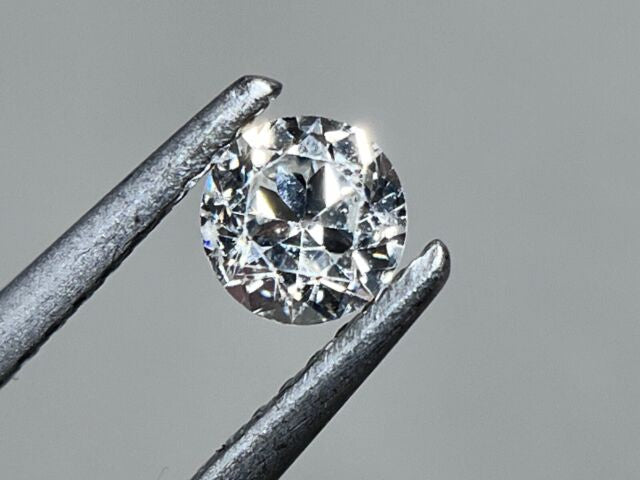You may have noticed the letters CTW imprinted on diamond jewelry tags, possibly located on the inner band of a diamond ring or on the clasp of a diamond pendant necklace. Are you familiar with the abbreviation CTW? We'll elucidate what CTW signifies, addressing common inquiries related to the term, its origin, and even methods to calculate the total carat weight of a piece of jewelry.
What Does CTW Mean?
When discussing jewelry and diamonds, CTW represents Carat Total Weight but is commonly known as Total Carat Weight for diamonds or other gemstones like sapphires or rubies. Total Carat Weight signifies the collective weight of all the diamonds set in a specific jewelry item. This measurement is widely utilized by the global jewelry industry and recognized by diamond and gemstone certifying bodies such as the Gemological Institute of America as a standard weight measurement.
Consider a diamond bracelet adorned with various gemstones, including a central diamond weighing 2 carats, two sapphires each weighing 1.5 carats, and four smaller diamonds totaling 1 carat. In this scenario, the total carat weight, or CTW, of the bracelet would be 7 carats. This illustrates how CTW encompasses the combined weight of all gemstones within a jewelry piece.
In some jewelry pieces, you may find the letters CTW accompanied by a number (representing the total carat weight) stamped in a concealed area of the jewelry. This allows jewelry makers to easily determine the total carat weight of a specific piece without the need to dismount the stones for weighing.
How To Calculate CTW In Diamonds
If you ever need to determine the total carat weight of a loose diamond or multiple diamonds, the process is straightforward. Simply remember that 1 carat equals 0.2 grams. To calculate the carats of a loose diamond, weigh the stone and note its weight in grams. Then, divide that figure by 0.2 to obtain the total carat weight of the diamond.
Conversely, if you wish to find out the actual weight of a diamond or multiple diamonds, multiply the carat weight by 0.2. This will yield the corresponding total weight in grams.

Why Do People Use CTW In Jewelry?
CTW marking on jewelry holds significance because accurately determining the total carat weight of diamonds once they're set into jewelry can prove challenging. This allows jewelers to quickly and efficiently identify the CTW of a piece.
What Does Carat Mean?
The term "Carat" finds its origins in the Greek word "Ceratonia siliquia," referring to the Carob tree. Before the advent of standardized measurement units, diamond traders would use Carob tree seeds as a point of comparison for diamond weight. This was due to the consistent size and weight of each seed, which weighed about 0.2 grams. Hence, Carob seeds served as a reliable marker for measuring diamonds.
Another theory proposes that the term "Carat" may have derived from Medieval French, Italian, and Arabic languages, specifically from the word "qīrāṭ," meaning "bean pod." This bears resemblance to the Greek term "keration," which encompasses both carob seeds and the small weight measurement they represent.
What’s the difference between CTW, CTTW and CT?
CTW: This indicates the carat weight of an individual diamond, representing the weight in carats of a single gem.
CTTW: This stands for the total carat weight of multiple diamonds. For example, it is commonly seen in ring settings where smaller stones encircle a larger central gem.
CT/ct: This abbreviation simply denotes carat.
A: The letter "A" indicates approximate carat weight, often used in jewelry to allow for slight variances in measurements.
G: The letter "G" signifies guaranteed diamond weight. Typically, the guaranteed weight is slightly lower than the weight advertised. For example, a 1-carat 3-stone diamond ring with a guaranteed diamond weight of 1.00 will require 1.01 CTW in diamonds.

Conclusion
Understanding terms like CTW, CTTW, and carat is crucial in navigating the world of diamond jewelry. CTW and CTTW indicate the weight of diamonds in a piece, while knowing how to calculate CTW offers valuable insight. Additionally, the historical origins of the term "carat" highlight its significance. By grasping these terms, consumers can make informed decisions and appreciate the craftsmanship behind each piece of jewelry.
Elise Image Gallery
Elise Jewelry
Fall in love with our stunning collection of nature diamond rings, curated for their exceptional quality and unique radiance. Only at Elise Jewelry.













